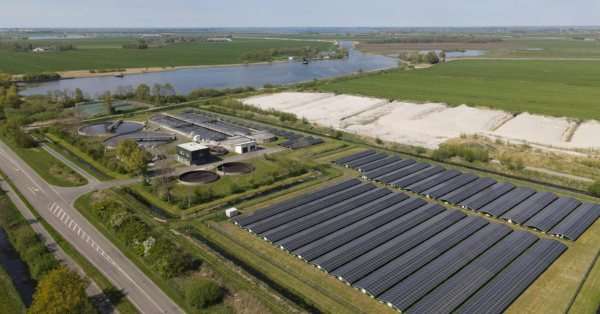India launches pilot to pair coal plants with battery storage amid solar surge

India will pilot battery storage at coal-fired power plants to soak up surging midday solar and keep thermal capacity ready for the evening peak—without destabilizing the grid.
The move targets a growing bind: solar now forces coal units to back down during the day, yet demand still leans on them after sunset. With a 2030 goal of 500 GW of non-fossil capacity, that tension is only rising.
“At times there are only two choices. Either you shut down the coal plant (during excess solar generation) or lose the thermal capacity in the evening, which we don’t want,” said Ghanshyam Prasad, chairman of the Central Electricity Authority (CEA), at PowerGen India 2025 in New Delhi. “We are just trying this as an experiment.”


To test a way out, the CEA has asked NTPC, India’s largest coal generator, to install batteries at select plants with funding support. The idea is simple: charge when renewable output is high and discharge later, letting coal units run more steadily, cut cycling costs and potentially extend asset life.
NTPC has already issued a 1.7 GW battery tender across 11 coal plants—among the world’s largest. It includes 300 MW of four-hour systems (1,200 MWh) and 1,400 MW of two-hour systems (2,800 MWh), designed for twice-daily cycling over 12 years.
The scale matters because India’s transition is a balancing act. Renewables are accelerating, yet coal remains central to round-the-clock supply. The government plans to add 97 GW of coal capacity by 2035, lifting the fleet to roughly 307 GW even as flexibility and storage ramp up.
But flexibility isn’t free. Running coal units at lower loads can speed wear and tear. “If we maintain operations at that level for extended durations, the anticipated lifespan of a plant—usually around 25 years—could be reduced by a third or more,” said NTPC director of operations Ravinder Kumar.
Regulation is pushing in the same direction. Coal plants must now operate down to a 55% minimum load and meet specified ramp rates. A 40% target is under consideration, though NTPC has flagged durability risks and is holding its technical minimum at 55% for now.
All of this unfolds against a stark storage shortfall. India has only about 500 MWh of operational batteries, versus a multi-gigawatt need by the early 2030s. Though, around 12.5 GW of projects are under tender, with another 3.3 GW in the pipeline, helped by the Union government’s Viability Gap Funding scheme that covers roughly 30% of capital costs.
If the pilot works, coal-plus-batteries could become a practical bridge—squeezing more flexibility from existing thermal assets while accommodating rapid renewable growth. It would also offer a template for coal-dependent economies seeking to integrate variable renewables without compromising reliability.




